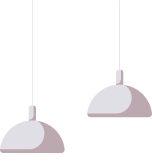If dissatisfied with the position left after a foul, the next player may nominate the opponent who committed the foul to play again from where the balls have come to rest. If the scores are equal when all of the object balls have been potted, the black is used as a tiebreaker. In this situation, called a "re-spotted black", the black ball is returned to its designated spot and the cue ball is played in-hand, meaning that it may be placed anywhere on or within the lines of the "D" to start the tiebreak. If successful, the value of the potted colour is added to the player's score, and the ball is returned to its designated spot on the table. A snooker ball set consists of twenty-two unmarked balls: fifteen reds, six colour balls, and one white cue ball. The player must then pot another red ball followed by another colour.
The tip of the cue must only make contact with the cue ball and is never used for striking any of the reds or colours directly. The cue ball may contact an object ball directly or it can be made to bounce off one or more cushions before hitting the required object ball. The height of the table from the floor to the top of the cushions is 2 ft 10.0 in (86.4 cm). The table has six pockets, one at each corner and one at the centre of each of the two longer side cushions. In the 2022-23 season, only two professional ranking tournaments were played outside the UK, the European Masters in Fürth and the German Masters in Berlin, while lucrative Chinese events remained off the calendar. Tabb was the only woman refereeing on the professional tour when she joined it in 2002, but tournaments now routinely feature female referees such as Desislava Bozhilova, Maike Kesseler, and Tatiana Woollaston. 30 were seeking jobs outside the sport due to lack of earning potential from tournaments. Among all the balls we carry along with our billiard accessories, the most distinctive ball is the cue ball, not only because of its white color but sometimes also due to its size.
At the start of each player's turn, the objective is to first pot a red ball, unless all reds are off the table, or the player has been awarded a free ball, which allows them to nominate another object ball instead of a red. All points scored in the break before the foul was committed are awarded to the striker, but no points are scored for any ball pocketed during the foul shot. Penalty points are awarded to a player when a foul is committed by the opponent. Failure to make contact with a red ball constitutes a foul, which results in penalty points being awarded to the opponent. The latter is a common foul committed when a player fails to escape from a "snooker", where the previous player has left the cue ball positioned such that no legal ball can be struck directly in a straight line without being wholly or partially obstructed by an illegal ball.
The object of the game is to reach a certain number of points, typically seven, earned by being the first to run a hoop. If the referee has also called a "miss"-meaning that the referee has deemed the opponent not to have made their best possible attempt to hit the object ball-the player has the option of having the balls replaced to their original positions and forcing the opponent to play the shot again. If, after a foul, the next player cannot cleanly strike both sides of the object ball, the referee may call a free ball, allowing the player to nominate any other ball in place of the object ball they might normally have played. When playing away from a touching ball, the player is not required to strike another object ball. If the cue ball finishes in contact with an object ball, a touching ball is called. So, if the player strikes the cue ball, which strikes an object ball, what is billiards the object ball must either travel to a cushion or a pocket in order to be a legal shot. This is because a slate table must be constructed to support the weight of the heavy slate bed.









